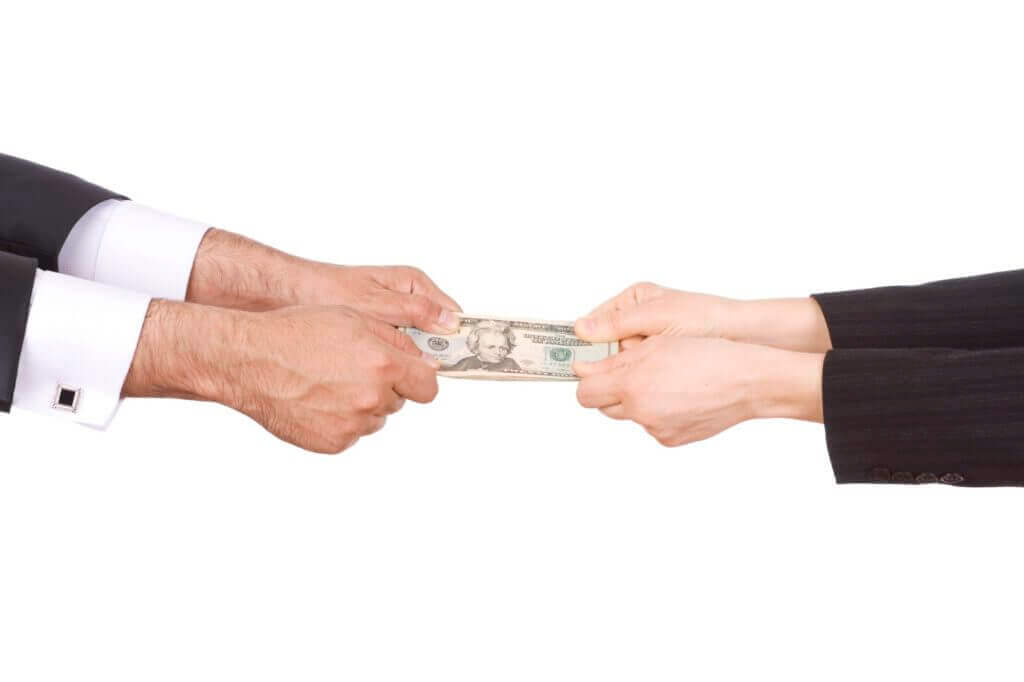
While OTAs and hotels seem at odds with each other, they both have one important thing in common: their dedication to the customer— or more specifically the guest.
In regards to online booking, there are important and striking differences between how the two cater to the guest— which has resulted in OTAs seemingly dominated the online booking market.

As shown, OTAs control approximately two-thirds of all online bookings, with an 0.8% increase from last year. On the other hand, hotels, controlling one-third, saw a 0.8% decrease in total share of online bookings since last year.
Within the OTA market, the top brands include: Expedia, Booking.com, and Priceline— which control 28.09%, 19.13%, and 16.15% respectively. OTAs show no signs of slowing down, as it’s predicted the Priceline group (which includes Booking.com) and Expedia will account for 94% of all online bookings by 2020.
Within the hotel market, the top brands include: Marriott International, Hilton Hotels, and IHG— which control 26.21%, 17.25%, and 15.58% respectively. While overall hotels lost a small amount of market share, according to Skift, the number of occupied rooms in 2017 were more than those in 2016— meaning, the volume of bookings has increased.
This skew towards OTA online booking can be attributed to multiple factors. Compared to OTAs, hotels have limited control over their main operational costs, which include: labour costs, debt services, franchise fees, utilities, real estate taxes and distribution costs. Even more, OTA’s increasing market share has caused hotel distribution costs to steadily rise over the last 5 years. Inherently, hotels have less inventory than OTAs— 99% less.
As explained by Skift, this not only gives greater power to an OTA in marketing and online hotel sales, but also increases their bargaining power. Hotels face a dilemma of complying with OTAs and losing market share, or not complying and losing even more. Lastly, OTAs invest significantly more in marketing initiatives than hotels. While OTAs typically invest 30-40% of their revenue in marketing, hotels spend around 6%. This significant difference can partly explain why the guest believes OTAs to have cheaper prices— that’s simply what they’re more exposed to.




